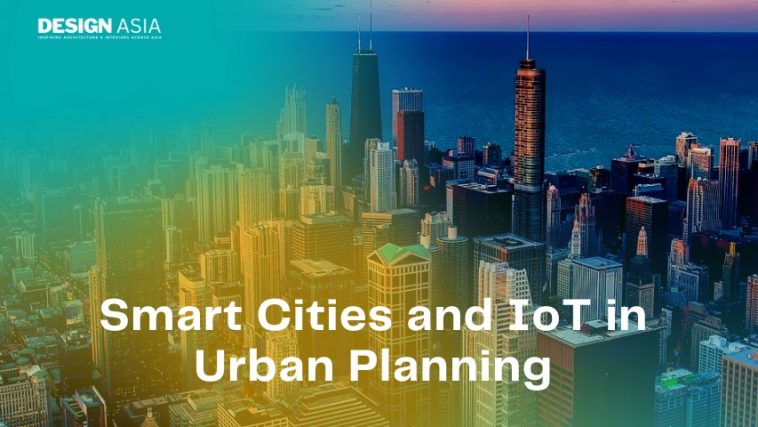As urban populations continue to grow, cities face mounting challenges in managing resources, ensuring sustainability, and improving the quality of life for citizens. The integration of Internet of Things (IoT) technology in urban planning has led to the development of smart cities—high-tech, data-driven urban environments designed to enhance efficiency, sustainability, and livability.
What Are Smart Cities?
A smart city leverages digital technology, particularly IoT, artificial intelligence (AI), and big data, to optimize infrastructure, transportation, energy consumption, and public services. These cities aim to create more efficient, sustainable, and convenient urban environments for residents and businesses.
Role of IoT in Smart Cities
IoT plays a crucial role in smart city development by connecting devices, sensors, and infrastructure to gather and analyze real-time data. This data-driven approach helps city planners make informed decisions, improve resource allocation, and enhance urban living.
Key Applications of IoT in Smart Cities
1. Smart Transportation
- IoT enables intelligent traffic management through sensors, cameras, and AI-driven analytics.
- Real-time traffic monitoring and smart traffic lights reduce congestion.
- Public transportation systems use IoT for efficient scheduling and real-time updates.
2. Smart Energy Management
- IoT-based smart grids optimize electricity distribution and reduce wastage.
- Smart meters help consumers monitor and manage energy consumption.
- Renewable energy sources are better integrated through predictive analytics.
3. Waste Management
- Smart bins with sensors detect fill levels and optimize waste collection routes.
- Automated waste segregation systems improve recycling efficiency.
- IoT data assists municipalities in reducing waste and promoting sustainability.
4. Public Safety and Security
- IoT-powered surveillance systems enhance security with AI-based facial recognition.
- Smart emergency response systems improve disaster management.
- Connected streetlights with motion sensors improve nighttime safety.
5. Smart Water Management
- IoT sensors monitor water quality, leakage, and consumption.
- Automated irrigation systems conserve water in urban green spaces.
- Predictive maintenance prevents water wastage and infrastructure failures.
6. Smart Healthcare
- IoT-enabled wearables track health metrics and improve patient care.
- Smart ambulances provide real-time patient data to hospitals.
- AI-driven healthcare analytics predict disease outbreaks and optimize medical resources.
Challenges in Implementing Smart Cities
Despite the benefits, implementing IoT in urban planning comes with challenges:
- Data Privacy & Security: Large-scale data collection raises cybersecurity and privacy concerns.
- High Costs: Infrastructure upgrades and IoT deployments require significant investment.
- Interoperability Issues: Different IoT devices and platforms must communicate seamlessly.
- Public Awareness: Citizen participation and digital literacy are crucial for successful adoption.
Future of Smart Cities
The future of smart cities involves deeper integration of AI, 5G connectivity, and blockchain technology for enhanced security and efficiency. Governments and private sectors are investing in sustainable and resilient urban solutions, ensuring that smart cities continue to evolve and adapt to future challenges.
Smart cities powered by IoT are revolutionizing urban planning, making cities more efficient, sustainable, and livable. While challenges remain, the benefits of improved infrastructure, optimized resources, and enhanced quality of life make smart city initiatives a critical focus for future urban development.


